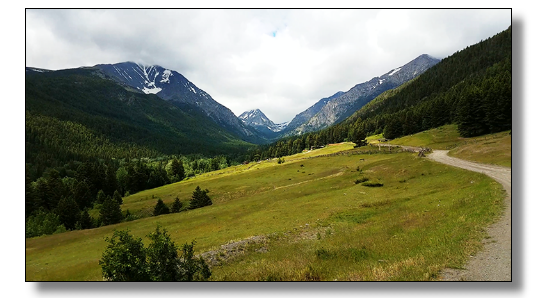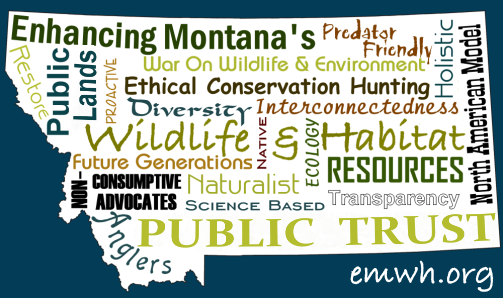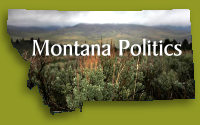
Livestock Statements Concerning Brucellosis
Texas Animal Health Commission (TAHC)
September 10, 2013
Austin, Texas
I have been watching and researching the brucellosis issue, especially from DoL and APHIS sites, which prompted my attending a DoL board meeting on July 29th in Helena. During the meeting Dr. Marty Zaluski requested out of state funds to speak at the Texas Animal Heath Commission. When I saw that the TAHC site had audio of the meetings, I waited for the uploaded audio files, downloaded them and began transcribing the testimony. I heard that Dr. Zaluski submitted 50 pages of documentation, so I called the TAHC and requested the public comments, which also included statements from the Montana Stockgrowers Association, the Montana Cattlemens Association and some Montana ranchers. These are statements we dont normally hear here in Montana concerning brucellosis from this agency and these associations or ranchers. I may compile a side by side of their Montana public statements for comparison. DoL,
"Montana's DSA includes 282 operations with 73,200 cattle and
domestic bison. This fiscal year, 42,025 of the 73,200 animals have
been tested to achieve a 99% confidence that the disease (if it
exists) is present at a rate of less that 0.008%. The chance that
any one Montana animal is brucellosis positive is 0.00024%."
"In comparison, the state of Montana has an annual infection
rate of 0.007% with five affected herds over six years since 2007."
"There is no documented case of bulls spreading brucellosis."
"So what happens is you have cattle properties that are typically
on the flats, the river bottoms and the prairies, and then you have
the elk ground that is alot of time in the forest. So its not like
those elk are on private property typically, and in fact often times
those elk are on BLM or Forest Service land," "So there
are practices, its not like they come down on the flats, then spread
out five fetuses and they take off." MSA, "There is an extremely
low risk of brucellosis transfer posed by cattle coming out of Montana.
While a small area of Montana in the Greater Yellowstone Area (GYA)
is affected by rare transfers of brucellosis from wildlife, the
state of Montana has proven highly effective in its efforts to mitigate
the spread of brucellosis." The audio files at the TAHC site take forever
during business hours, so I downloaded them and uploaded to this
site. Audio of the Sept. 10th TAHC meeting - TAHC site. Click on the audio button to see the audio files. Dr. Marty Zaluski's testimony begins on file 8. 8-11 cover the brucellosis subject. The following documents were submitted by Montana livestock interests as public statements to the Texas Animal Health Commission concerning their Chapter 35 Rule Proposal on Brucellosis. The commission meeting took place on Sept. 10, 2013, in Austin, TX. DoL's Dr. Marty Zaluski attended the hearing to present the science and Montana's interests. As a result of the public statements and Dr. Zaluski's thorough presentation, Texas at least modified the language in their rule to only affect the Designated Surveillance Areas (DSAs) of Montana, Idaho and Wyoming, before passing it. In a couple weeks that modified document will be available and I will post it. The original 72 page PDF document provided by Texas Animal Health Commission is provided below, but I have also separated out the specific Montana portions to make for easier viewing and use, which are labeled and numbered based on the 72 page document. |
Your Advertisement Here |
Site designed and maintained by Kathryn QannaYahu




